The defining characteristics of paycheck protection loans, created by the CARES Act, are also the most vexing. A paycheck protection loan can be forgiven if business owners use at least 75 percent of the proceeds for payroll, and the remainder for rent, utilities, or mortgage interest on their place of business. But until recently, it’s been unclear exactly how those amounts should be calculated.
Bit by bit, we’re getting more clarity, as the U.S. Department of the Treasury continues its pattern of releasing crumbs of information day-by-day. Treasury released the application for loan forgiveness on May 16, and followed up with two related documents May 22. In combination, the guidance is starting to give business owners and their advisers an outline of the requirements for loan forgiveness.
William McDevitt, head of the tax practice at accounting firm WilkinGuttenplan, expects Treasury to continue to dole out guidance piecemeal, even as Congress debates fundamental changes to the program. “The big thing everyone is waiting for is Congressional action,” says McDevitt.



